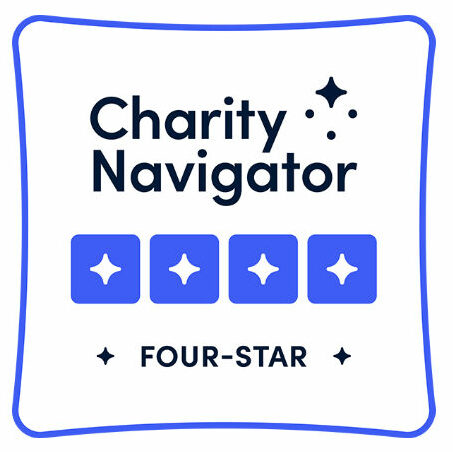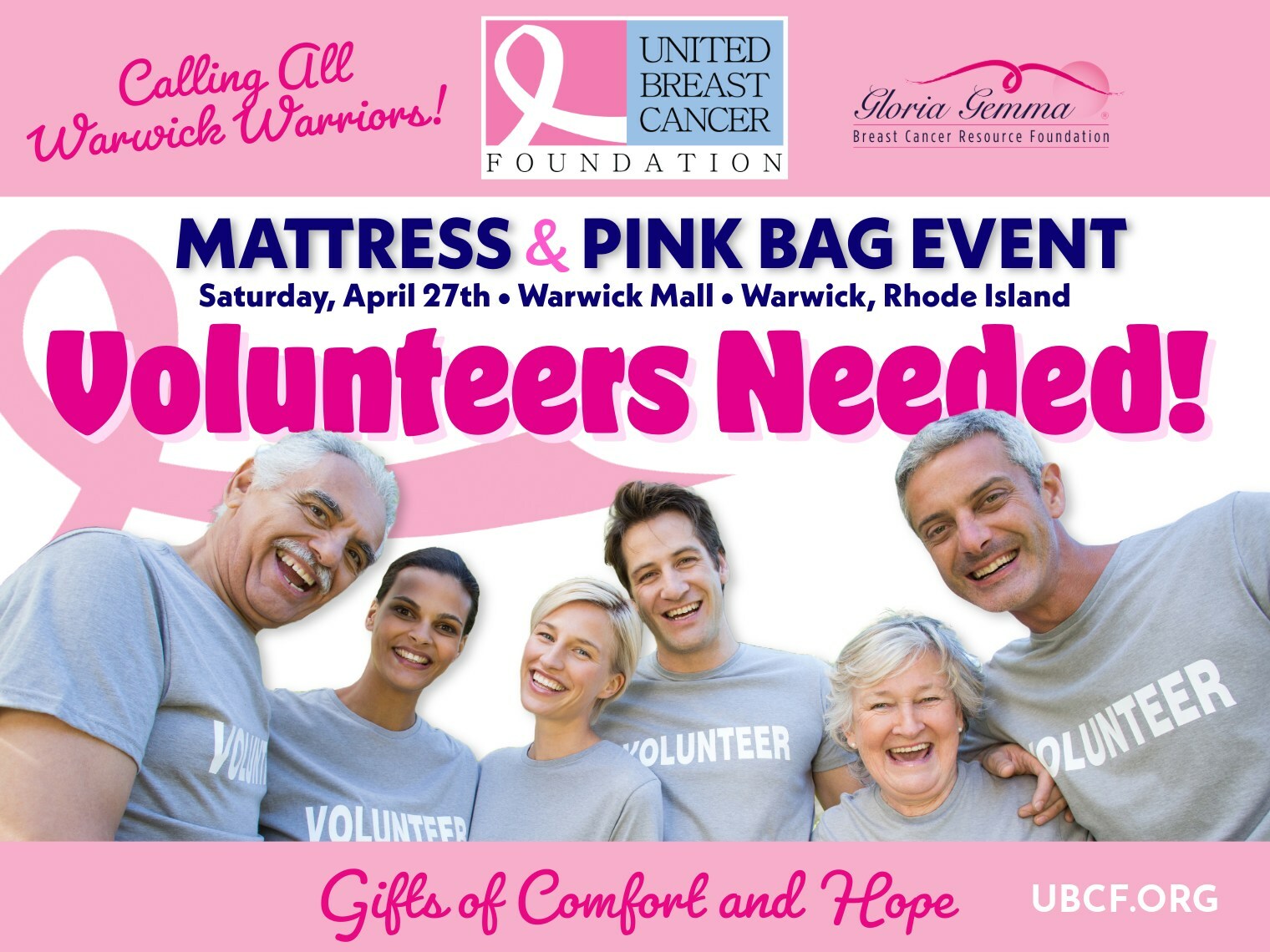Everyone knows the pink ribbon and everyone knows what it represents. Pink ribbons and the color pink in general in reference to Breast Cancer Awareness are everywhere. In 2008 the Whitehouse lit up pink, the Eiffel Tower has as well. NFL stars can be seen sporting pink every Sunday in October (Breast Cancer Awareness Month). Pink ribbons are on golf balls, watches, clothing, shoes, the list goes on. What makes these companies want to plaster pink ribbons on their merchandise? Is it from the goodness of their hearts? When and why did the pink ribbon come to symbolize breast cancer? I was wondering these questions and researched the history of the pink ribbon to find that our timeline begins in the nineteenth century…
Women could be seen wearing yellow ribbons or tying them to their trees to remember a loved one in the military. The 1973 hit song “Tie a Yellow Ribbon Round the Ole Oak Tree” by Dawn featuring Tony Orlando brought back this concept. The wife of an Iranian hostage tied yellow ribbons on her trees to represent her hope of seeing her loved one. This became popular in America and many people began tying yellow ribbons around their trees for missing family members. Not long after, in 1991, artists were inspired to create the red ribbon for the AIDS community, symbolizing blood and passion small enough for people to pin to their clothes. After making a debut at the Tony Awards pinned to the chest of Jeremy Irons, it became a popular symbol.
Now we begin to understand how it wasn’t too far of a jump for Susan G. Komen for the Cure, Self Magazine and Estee Lauder began using the pink ribbon to represent breast cancer awareness. In the fall of 1991, Susan G. Komen Foundation handed out pink ribbons to the runners in the NYC race for breast cancer survivors, inspired by the red AIDS awareness ribbons. Two years later Alexandra Penney, editor-in-chief of Self magazine and Evelyn Lauder, Vice President of the Estee Lauder companies and breast cancer survivor herself together founded the Breast Cancer Research Foundation and established the pink ribbon as its symbol. Estee Lauder had the ribbon on its merchandise and the ribbon was being passed out to stores.
How did the ribbon become so commercial? Why do businesses feel the need to have the ribbon on their merchandise?
The ribbon became a marketing tool. For a company, displaying the pink ribbon would show people that they care about women’s health. At the time the pink ribbon was becoming popular, so was “cause related marketing.” Carol Cone of Cone Communications was fundamental in this development. Cone found that “given the same cost and quality, more than half of consumers would switch from a particular store or brand to one associated with a good cause.” This is easy to believe. Consumers like a choice when it comes to purchasing products. They’ll buy what’s cheaper, they’ll buy what’s quality, and businesses began to realize they’ll buy what’s for a good cause.
Another factor that added to this sudden influx of pink ribbons everywhere was the fact that breast cancer awareness was a “safe” charity to support. Unlike AIDS Awareness, businesses believed AIDS was tied to, as they would say, “lifestyle choices.” This linking of AIDS to the gay community, which currently is still a controversial topic, caused hesitation by businesses to support it. Although at one point, before Betty Ford announced she had a mastectomy because of breast cancer in 1974, breast cancer was not spoken about either. No one would discuss it, causing a feeling of shame around the whole topic. Because the breast is related to sex and femininity, it was thought as “inappropriate” to speak about it. Things were changing for breast cancer awareness. Now it was something safe that businesses could support without controversy, as a method to gain consumers. The pink ribbon became fashionable.
Of course this caused criticisms of certain companies for spending more money marketing than actually donating to help cure breast cancer. Some businesses will discreetly set up a donation cap and whatever money is made on pink ribbon or breast cancer awareness products more than that cap will go right to the company. Websites like thinkbeforeyoupink, sponsored by Breast Cancer Action encourage consumers to find out how the money from the product will actually help breast cancer patients. The term “pinkwashing” is used to describe companies that will sell products linked to causing breast cancer while at the same time advocating against breast cancer.
The pink ribbon has come to represent more than just “breast cancer awareness.” Businesses see dollar signs and can trick consumers into buying their products whether or not the money goes to actual breast cancer research. Cause related marketing is a large factor as to why the pink ribbon became so famous and widely used. Despite the corruption and exploitation, the pink ribbon and the start of Breast Cancer Awareness month (now 29 years old) have opened up breast cancer for discussion. The ribbon and ‘Pinktober’ have normalized breast cancer and breast cancer awareness. Is this for the better because now breast cancer is no longer something to hide and shush; or is this for the worse because consumers are being tricked and sometimes giving money to companies whose products could be causing cancer?
Sources
http://www.carecyclesolutions.net/partners-press/history-breast-cancer-awareness-month
http://thinkbeforeyoupink.org/?page_id=26
http://www.maurerfoundation.org/breast-cancer-and-the-history-of-the-pink-ribbon/
https://www.visualaids.org/projects/detail/the-red-ribbon-project








